
While many humans and animals have formed quite a strong bond, sometimes it's easy to forget that animals can also see us as a threat — especially when we're in their environment.
Unfortunately, sometimes people are more concerned with an Instagram moment than their safety. A 72-year-old woman was gored at Yellowstone National Park after getting a little too close to a bison. But the real issue is, she was given plenty of warning signs that it was time to back off.
There is some good news — she survived the incident. Currently, she's being treated at Eastern Idaho Regional Medical Center. Yellowstone National Park released a statement about the incident, clarifying exactly what happened.
"The incident occurred on the evening of June 25, 2020, at the female's campsite at Bridge Bay Campground," the news release stated. "Rangers provided immediate medical care to the woman who sustained multiple goring wounds."
The woman, who wasn't identified, is from California. The park made sure to warn people about how dangerous bison can be. There are strict guidelines posted in the park. However, some people still don't think to follow them. Bison may look cute from a distance, but they're wild animals. And they're not afraid to protect themselves if necessary.
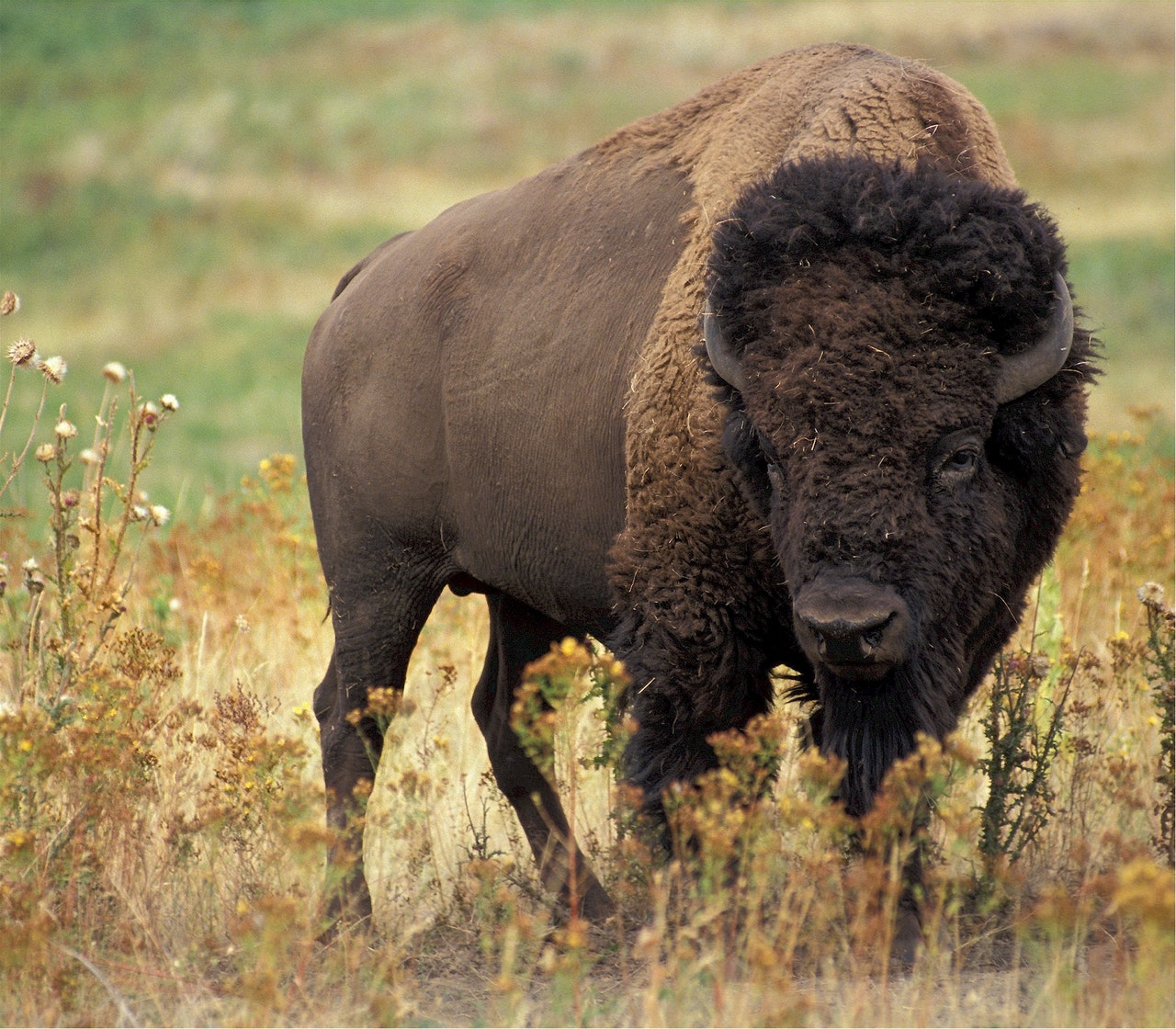
"The series of events that led to the goring suggest the bison was threatened by being repeatedly approached to within 10 feet," Yellowstone's senior bison biologist Chris Geremia said in the release. "Bison are wild animals that respond to threats by displaying aggressive behaviors like pawing the ground, snorting, bobbing their head, bellowing, and raising their tail. If that doesn't make the threat (in this instance it was a person) move away, a threatened bison may charge."
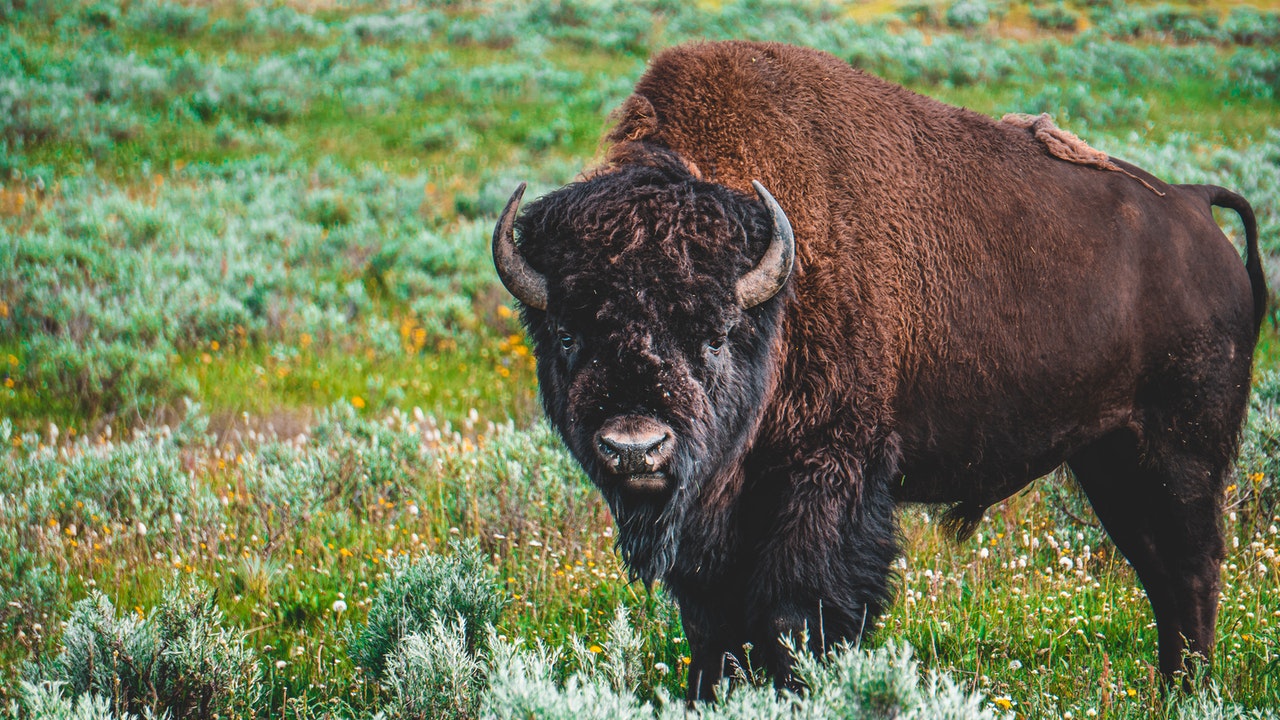
"To be safe around bison, stay at least 25 yards away, move away if they approach, and run away or find cover if they charge," he continued. The woman reportedly got too close to the bison multiple times before it took action. "This incident is under investigation," the report concluded. "There is no additional information to share."
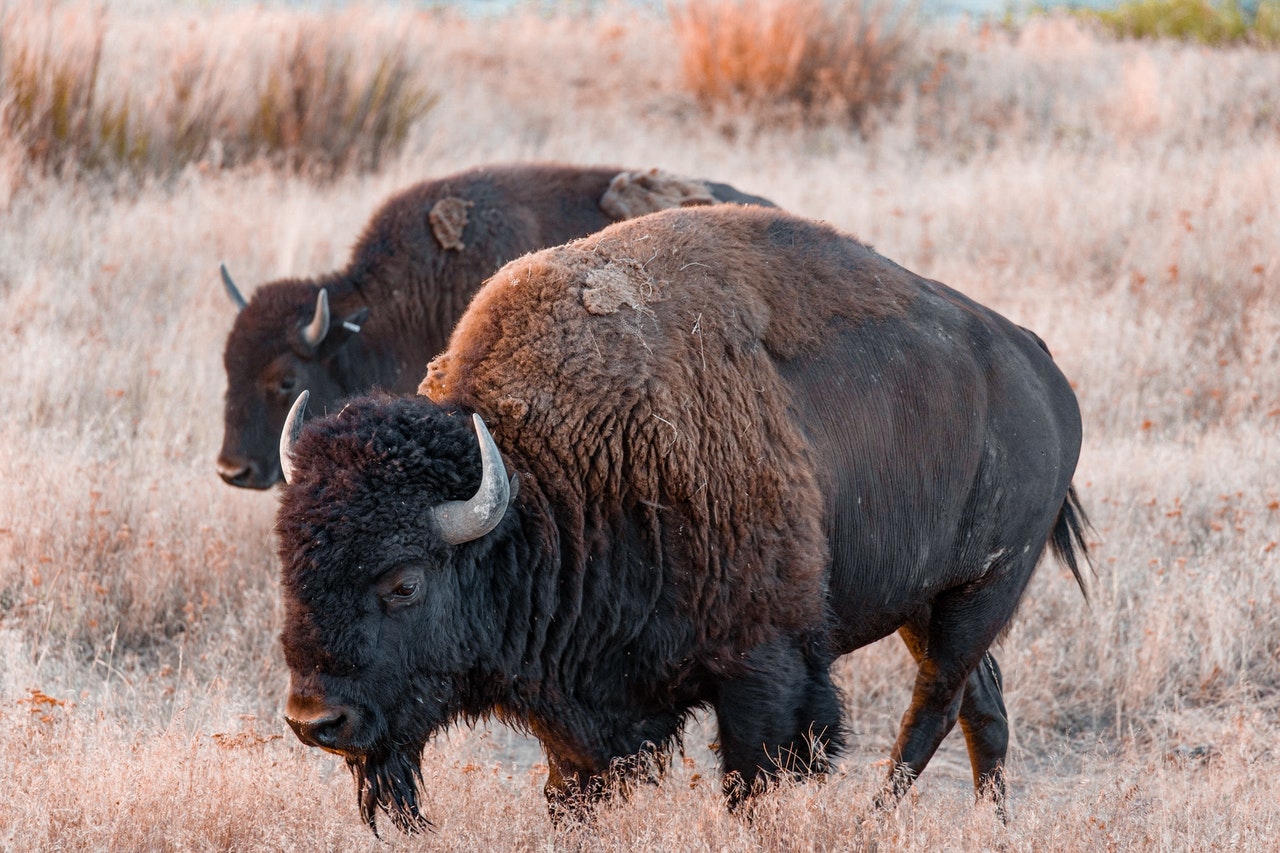
The news release tried to ensure sure this remained an isolated incident. "When an animal is near a campsite, trail, boardwalk, parking lot, or in a developed area, give it space," the statement explained. With any animal — especially a wild animal — you can never predict how they'll react.
And that's why it's important to know the signs that the animal is uncomfortable. Upon visiting a park, it's important to go over guidelines and figure out warning signals, just in case you happen to see an animal in person. The staff is also well educated on how to make sure the animals around the site are as comfortable as possible.
They even have guidelines for different animals. For example, wolves require a lot more space: "Stay more than 25 yards (23 m) away from all large animals – bison, elk, bighorn sheep, deer, moose, and coyotes and at least 100 yards (91 m) away from bears and wolves."
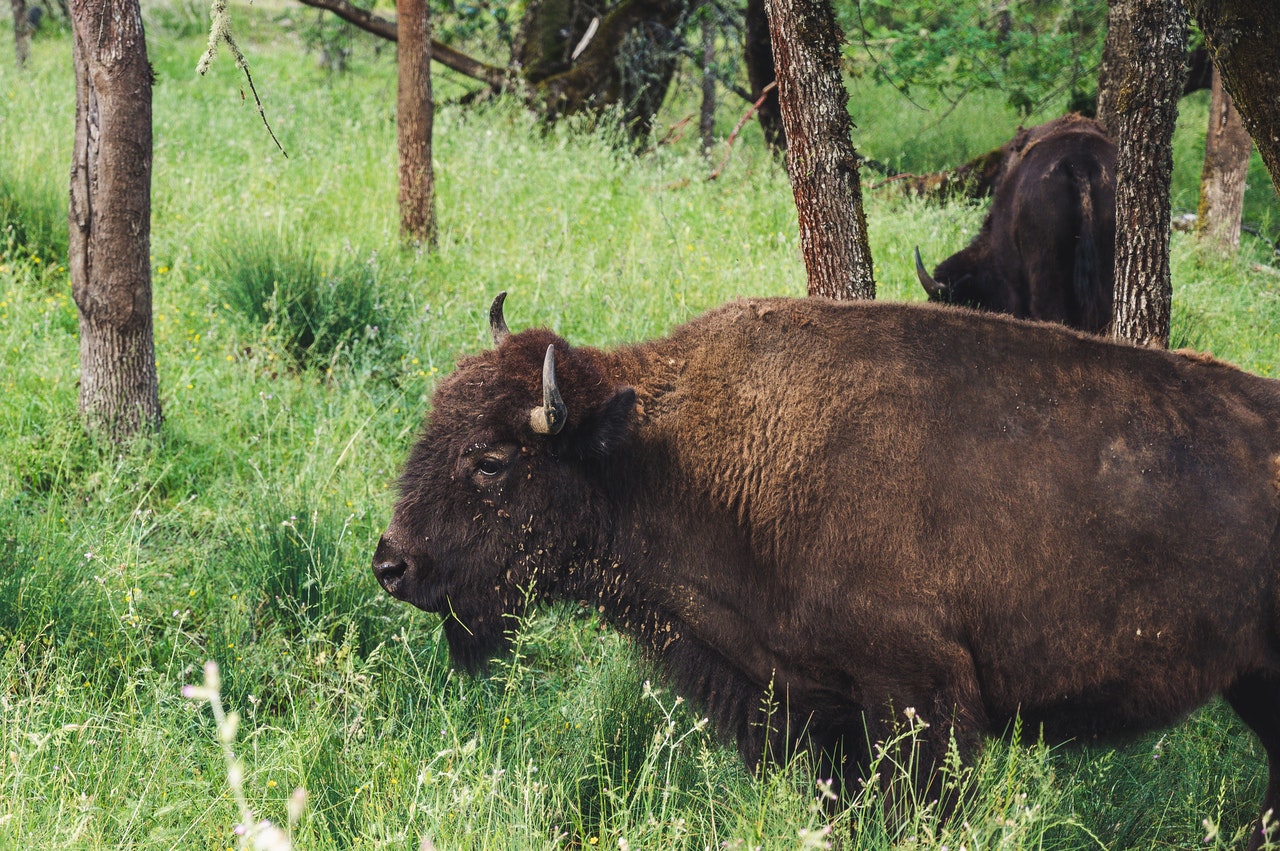
Even if an animal might look gentle from afar, it's important to know that they're much faster than we give them credit for, and very reactive. Being able to be in the same general space as a bison is good enough. Getting a picture isn't worth invading their personal space.
According to the National Wildlife Federation, bison rank No. 1 as North America's largest land animal. A bison can weigh up to 2,000 pounds. That means that if one of them wanted to mess with you, they could do some serious damage. The bison who live at Yellowstone National Park are also treasured for yet another big reason.
It's the only location in the United States where bison have lived and matured since prehistoric times. Obviously, there are a lot of incredible resources for the bison there. The National Wildlife Federation also notes that the bison located at the national park are the only herd who are genetically free of cattle genes. That means it's important to keep them safe and protected.
This isn't the first bison goring incident that the park has seen. There was actually another incident with a bison in May of this year. "[A woman] was struck by the bison this afternoon after approaching the animal inside of 25 yards–far too close for a person approaching Yellowstone wildlife," the statement on Yellowstone Insider said. "Her condition was assessed by National Park Service emergency medical providers, but she declined transport to a medical facility. The incident remains under investigation."
There was also an incident that could have turned deadly in 2019. A visitor got so close to a bison that he actually petted it. Luckily, nothing happened — but the park still used the event as a chance to remind visitors that bison and other wild animals shouldn't be touched. A park statement said that the visitor showed "an incredible lack of judgment and common sense."
Children also need to be aware that it's vital to keep a safe distance from the bison. In 2019, a 9-year-old girl was injured after getting too close. According to Yellowstone Insider, a huge group of people were at risk. "A group of approximately 50 people were within 5-10 feet of the bison for at least 20 minutes before eventually causing the bison to charge the group," they reported. "A nine-year-old girl from Odessa, FL was charged and tossed into the air by the bull bison."
These incidents happen way more often than you think. In July 2015, The Washington Post reported on an incident that happened where a woman was taking a selfie with a bison. The news outlet named that as the fifth bison attack that year.
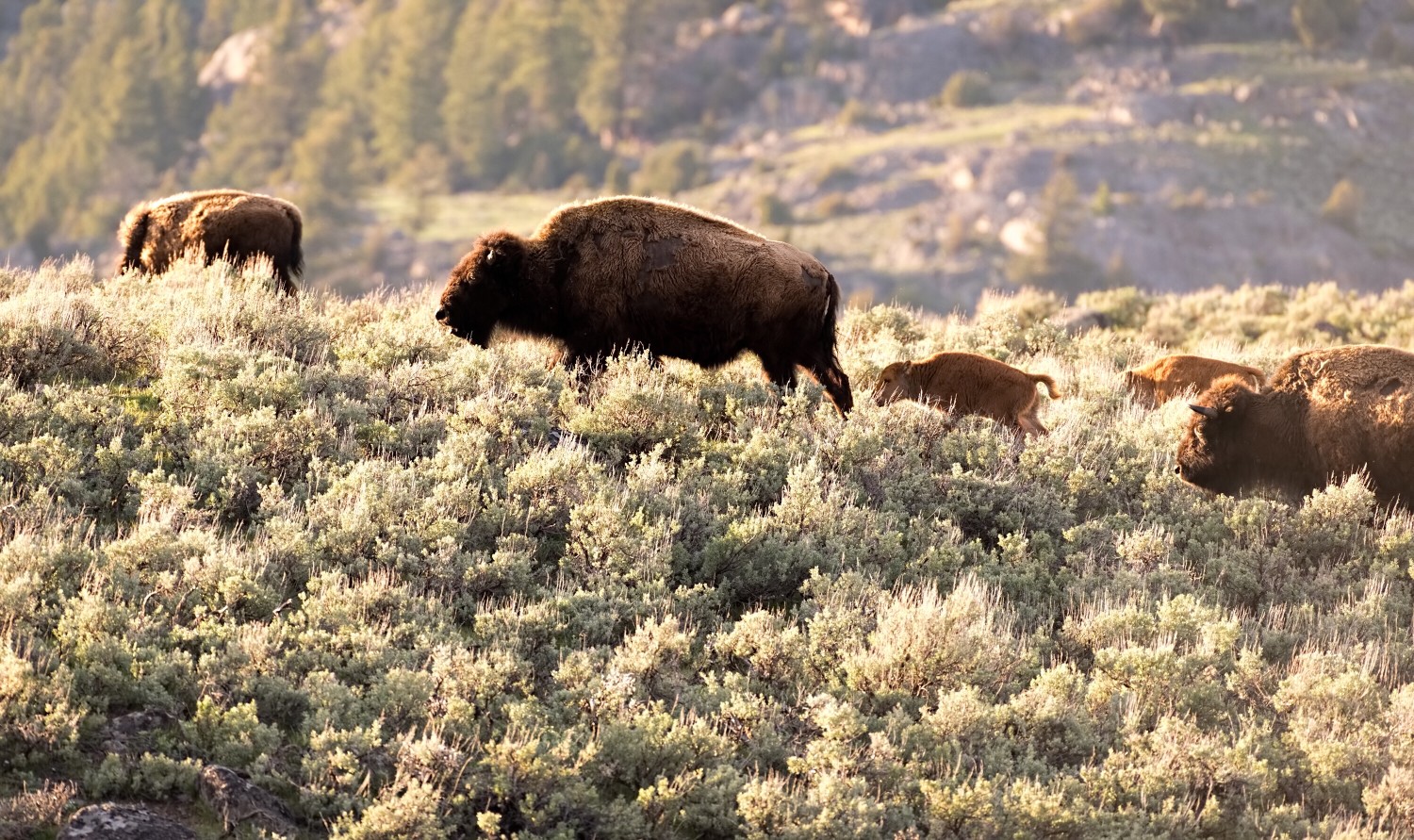
In May, just months before, another occurrence took place. "A 16-year-old Taiwanese exchange student similarly turned her back on a bison to pose for a group photo when the even-toed ungulate took umbrage," the paper reported. "Although park rangers tell tourists to remain at least 25 yards from bison — which can run up to 30 miles per hour — the girl was between three and six feet away from the animal when it attacked, goring her in the buttocks."
It's amazing how many of these incidents could have been prevented had people distanced themselves a little better. Also, in general, it's not wise to completely turn your back to an animal when you're within their territory. Luckily, most of these cases ended with just injuries instead of death. While it's great to visit the park, make sure you respect all the living things that call it home.




